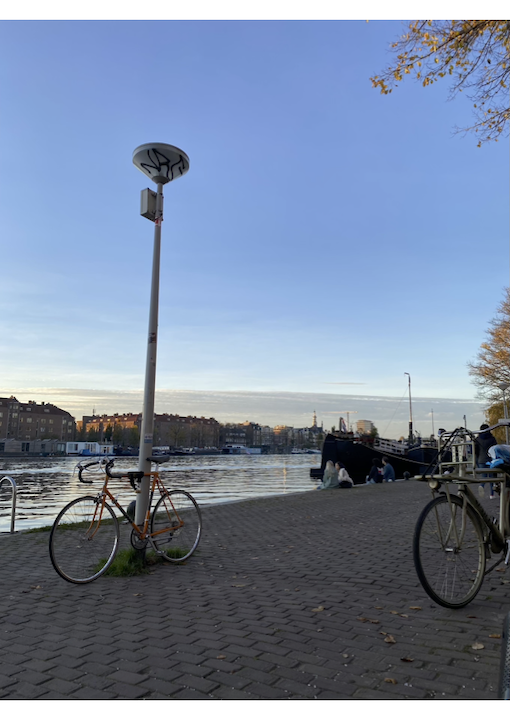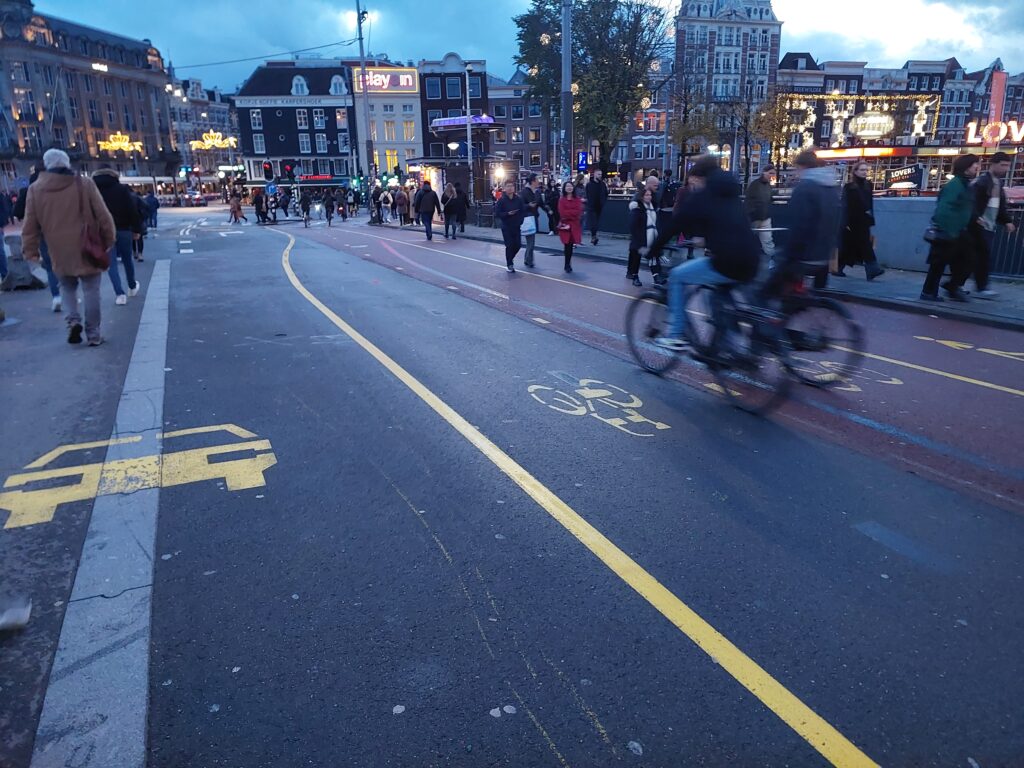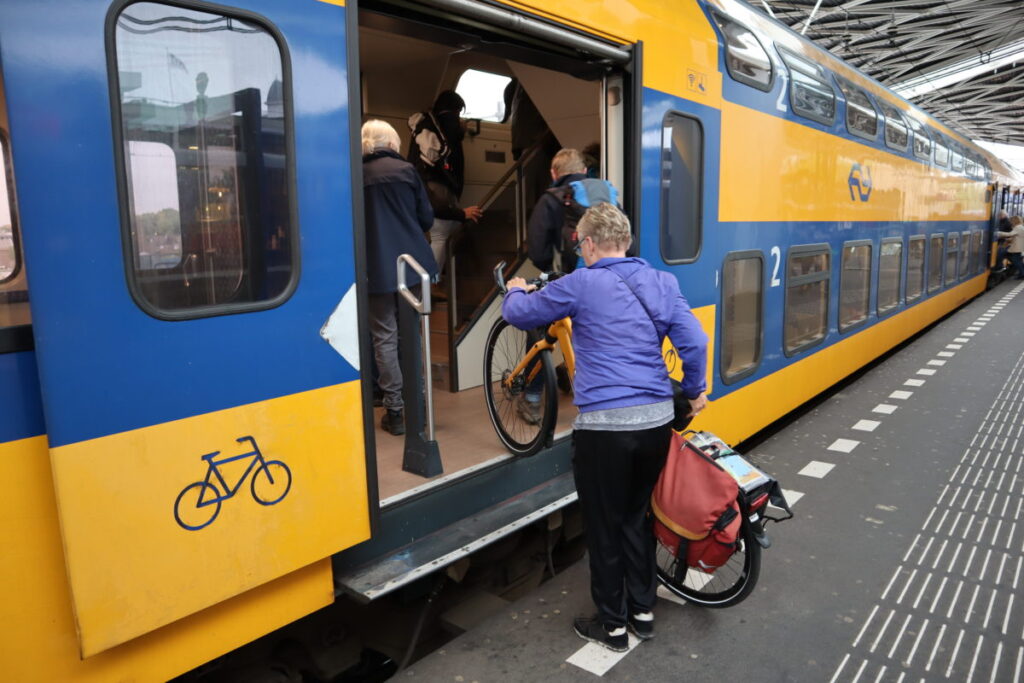Judith Rognli | LinkedIn
M.A. in Intercultural Migration and International Relations and B.A. in Cultural Studies. Her passions for mobility and mobility justice have led her into the world of bike advocacy.
Selected final essay, published 12 April 2021
Unraveling the Cycling City MOOC on Coursera
I live in Saint George, a medium-sized town in Southern Utah. Saint George was founded by Mormons in 1861. To my knowledge, people here went from walking most places to driving. I have not found evidence that would illustrate that cycling for transportation has ever been part of mainstream culture. Most planners show a limited interest in alternative road and urban design, even though recreational cycling has become a staple and an asset for the region (Kessler, 2020). Highways still signify progress (Tuckett, 2014; Wadsworth, 2019). As a result, the city is sprawling ever further into the desert.
The Urban Cycling MOOC brought to my attention the importance of an integrated perspective that reaches beyond infrastructure planning and cycling culture (or lack thereof). In order to be successful, advocates for bicycling need to develop an understanding of the opportunities and challenges that are nestled in overall urban development and land-use patterns. In this sense, reading and discussing the article “Urban development without more mobility by car?” (Bertolini & le Clercq, 2003) was a core element of the course for me.
Having grown up near Muenster, one of Germany’s cycling capitals, I cannot help but wonder how we can divert the trend of car-centric planning where I live. How can we not only encourage more bicycling, but create a more livable city for all? Since I moved here five years ago, I have stubbornly held on to my right to move about by bike.
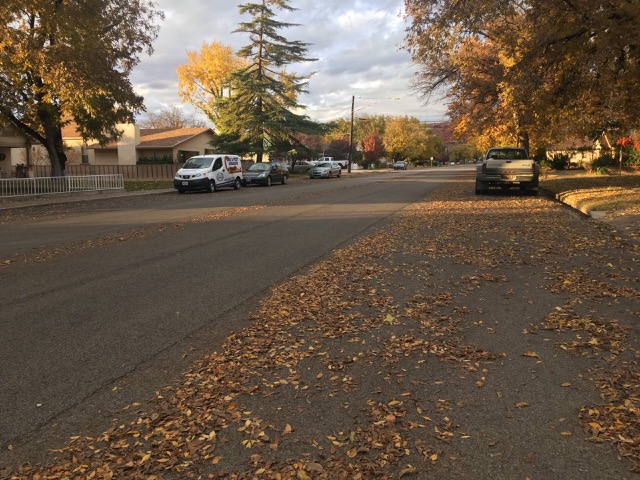
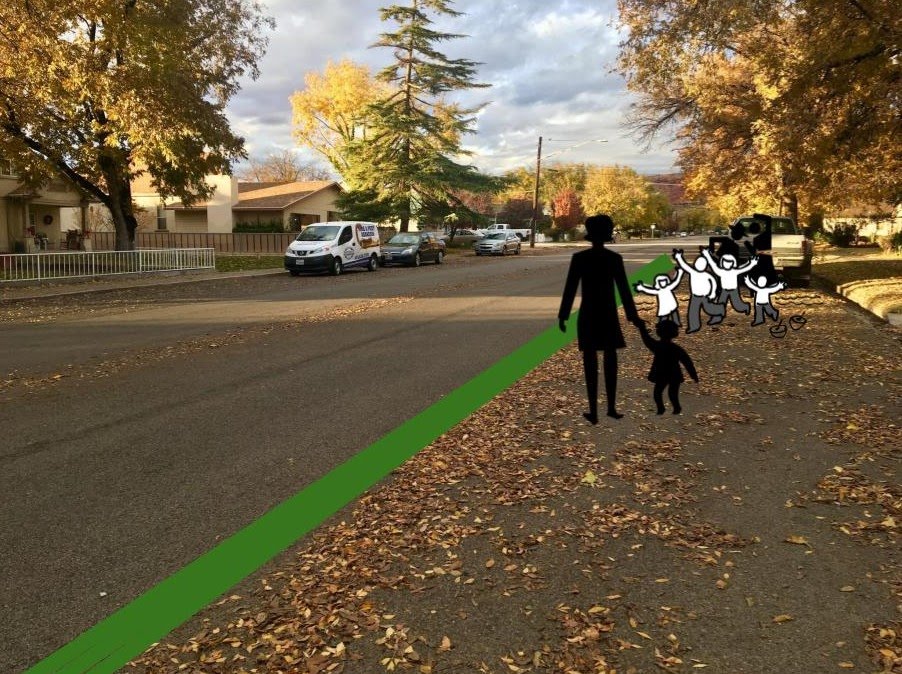
Personal renderings of putting streets to use in downtown Saint George (Pictures and edits: Judith Rognli)
Of course, I am an exception. Few people are willing to bear the price of biking in a car centric world. And neither most of the region’s residents, nor planners or decision makers seem to be able to envision, lest would they advocate for, an overall more walkable, bikeable city – factors that have historically been crucial in creating ‘cycling cities’ (Zee, 2015; Oldenziel & de la Bruhèze, 2011). The few bicycling advocates among us cannot latch on to a broad interest in encouraging healthier mobility patterns, as is the case in other regions and countries (Pucher & Buehler, 2008).
While we can gain much from learning about ‘The View From the Bicycle’ (Forsyth & Krizek, 2011) and from a diversity of research on how to effectively encourage a more broad uptake of bicycling (Harms & Bertolini, 2014), the main challenge we are facing in this region is that everything ‘biking’ is prone to be seen as a threat to the convenience of driving (even though our roads are humongously wide; they could accommodate bike highways on both sides).
But is there, perhaps, some hope? I think so. As we learned in this course, political will, and a clear vision are crucial. To create a vision that appeals to more than just cycling enthusiasts, we need to look beyond new trails, bike lanes, bike to school- and bike to work-days, which are currently the main focal points of our advocacy work (Marshall, Piatkowski, & Johnson, 2017).
On the planning side of things, Bertolini et al. (2003), offer a fruitful conceptual scheme to illustrate how urban development can work “without more mobility by car”. The keyword here is ‘more.’ Our cars remain a piece of the puzzle.
The authors argue that bicycling advocates face a crucial dilemma, which is
“(…) the inability of alternatives to match the quality of accessibility provided by private motorized transport. Failure to recognize this means that bringing about environmentally more sustainable urban mobility patterns is only possible at economic, social, and political costs that are unacceptable in most societies.”
The authors contend that to overcome car dependency in urban development, accessibility via other modes of transportation must be maintained or improved (Bertolini & le Clercq, 2003, p. 577). Accessibility is defined here as “the number and the diversity of places of activity that can be reached within a given time limit.”
For a sprawling desert city like Saint George, with a dominant and deeply rooted car culture, this is an important perspective to integrate. In our case, failure to recognize and address the described ‘accessibility – sustainability’ dilemma limits our reach as advocates to the “strong and fearless” and “enthused and confident” bicyclists (Geller, 2009). No matter how safe our bike infrastructure, without acknowledging the economic and social cost of bicycling as a form of transportation within the given urban setting, we will likely not be able to significantly expand the popularity of bicycling for transportation beyond this highly motivated base.
As a way forward, Bertolini et al. propose to address both transport systems and land use patterns:
“(…) there is much to be gained by striving for synergy rather than competition in the contribution of different transport modes, including nonmotorized ones, to enhancing accessibility. (…) a condition essential to the achievement of such synergy is the fine-tuning of the supply of mobility, as provided by the transport system, and the demand for mobility, as originated by different land-use patterns.”
Examples would be to facilitate teleworking, developing multi-functional neighborhoods, and improving bike/walk to transit mode share. Bertolini et al.’s work might well be a framework we need in order to move beyond the abysmal cars vs. bikes divide in our conversations.
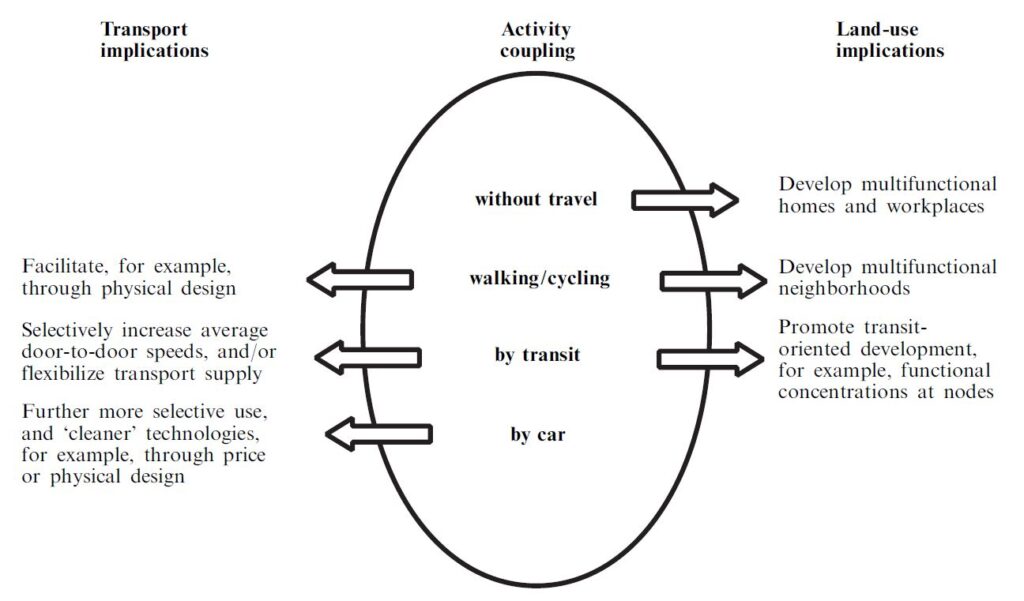
With this work as a launch pad, we can start pragmatically looking at supply and demand for mobility locally, and at openings for slight changes away from car (-ownership) dependent mobility. Questions we may ask are ‘What are typical travel patterns in the region? Where do people already bike for transportation? Where can we make adjustments towards multimodal transport patterns that are culturally acceptable? How do transit/scooters/carsharing fit into the picture? (Kager & Harms, 2017)
Unfortunately, it is too expensive to send everyone to the Netherlands to develop a vision that addresses some of these questions, and many of the Dutch measures are, in my experience, easily dismissed as impossible to achieve. In order to effectively help (and nudge) our decision makers to expand their vision for transportation and land use planning in this region, we as advocates need to assess and possibly adapt the language and broaden the focus we are applying to our work.. We are too often bottlenecked into the cars vs. bikes divide. As illustrated, there are ways to move beyond. Part of the puzzle needs to be that we acknowledge the accessibility – sustainability dilemma, another part is learning more about its effects by studying the local interplay of land-use and mobility patterns. As I have come to understand, my own ‘scofflaw’ cycling behavior is a good starting point for exploration (Marshall, Piatkowski, & Johnson, 2017).
References
- Bertolini, L., & le Clercq, F. (2003). Urban development without more mobility by car? Lessons from Amsterdam, a multimodal urban region. Environment and Planning, 35(4), pp. 575-589. Retrieved from Environment and Planning .
- Forsyth, A., & Krizek, K. (2011). Urban Design: Is there a Distinctive View from the Bicycle? Journal of Urban Design, 16(4), pp. 531-549.
- Geller, R. (2009). Four types of cyclists. Retrieved from Portland, Oregon
- Harms, L., & Bertolini, L. &. (2014). Spatial and social variations in cycling patterns in a mature cycling country exploring differences and trends. Journal of Transport and Health, 1(4), pp. 232–242.
- Kager, R., & Harms, L. (2017). Synergies from improved bicycle-transit integration Towards an integrated urban mobility system. International Transport Forum.
- Kessler, M. (2020, August 8 ). ‘We’ll try again’: Stewart introduces new Northern Corridor authorization bill. Retrieved from St George News
- Marshall, W. E., Piatkowski, D., & Johnson, A. (2017). Scofflaw bicycling: Illegal but rational. Journal of Transport and Land Use, 10(1), p. 824.
- Oldenziel, R., & de la Bruhèze, A. A. (2011). Contested Spaces: Bicycle Lanes in Urban Europe, 1900–1995. Transfers, 1(2), pp. 29–49.
- Pucher, J., & Buehler, R. (2008). Making cycling irresistible: Lessons from the Netherlands, Denmark and Germany. Transport Reviews, 28(4), pp. 495–528.
- Tuckett, P. (Director). (2014). My Father’s Highway [Motion Picture].
- Wadsworth, R. (2019, September 22). Washington County Transportation history day: Turning ‘desperate’ pieces of road into smooth thoroughfares. Retrieved from St George News
- Zee, R. v. (2015, May 5). How Amsterdam Became the Bicycle Capital of the World. Retrieved from The Guardian

